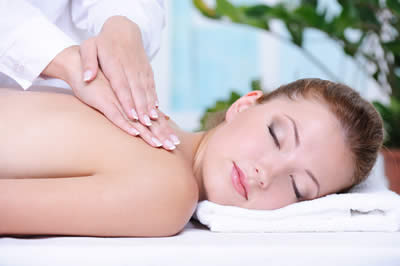Deep tissue massage employs techniques to address tension and pain in the many layers of soft tissue including muscle, tendons and fascia.
The Massage Therapist will customized the pressure to your tolerance and needs while addressing pain and discomfort caused from overuse or injury. Focusing on areas that are difficult to reach, therapeutic deep tissue massage works to effectively relieve muscle tension and discomfort.
Very similar to that of Swedish Massage therapy, deep tissue massages are used to break up scar tissue and physically break down muscle knots and adhesion’s that can cause pain and interfere with circulation, limiting the individuals range of motion, and inflammation.
What to expect.
At the beginning of the massage, your therapist will likely start by using softer, gentler and lighter pressure. This is done to warm up and prep the muscles. Once the muscles have been prepped, the massage therapist will use several other techniques to complete the treatment. These techniques include;
Stripping – deep, gliding pressure along the length of the muscle fibers using the elbow, forearm, knuckles, and thumbs.
Friction – pressure applied across the grain of a muscle to release adhesion’s and realign tissue fibers.
Think of the way you are seated right now. Is it comfortable? If you stay this way will you be sore or aching in a few hours?
 Deep Tissue Massage is best suited for any condition brought on by the daily stressors on the body. Trained therapists use skillful hand movements and pressure to bring healing results, while targeting sore, aching muscles and muscle recovery after exercising or the stresses of daily life.
Deep Tissue Massage is best suited for any condition brought on by the daily stressors on the body. Trained therapists use skillful hand movements and pressure to bring healing results, while targeting sore, aching muscles and muscle recovery after exercising or the stresses of daily life.
Spa guests are advised to drink plenty of water after this treatment to aid in the elimination of the internal toxins released by the muscles affected by the massage. These activities benefit the body and mind, adding to the overall spa experience.
Please keep in mind that it is not uncommon to feel some discomfort during or after the massage. This is a result of working with muscles where there are adhesion’s or scar tissue.
Make sure to communicate with your massage therapist to advise them of any sore tender areas and also to let them know if you are feeling pain during the massage. The therapist will then adjust their technique or spend more time warming up the tissues.
In order to enjoy your massage to the fullest, remember to take deep breaths and relax!

